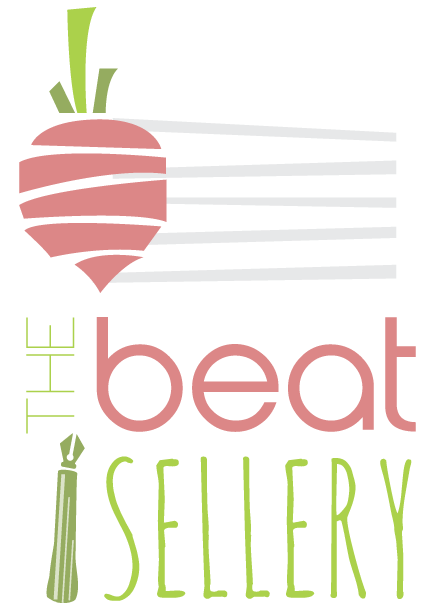Book Review: Habits of a Successful Musician
/I've written before about the importance of fundamentals in band rehearsal, and today I'd like to review one of the best resources I have found for that time in the high school concert band.
Habits of a Successful Musician, by Scott Rush and Rich Moon, is "a comprehensive curriculum for use during fundamentals time." The book has seven sections:
- Warm-Up
- Chorales
- Rhythm Vocabulary
- Rhythm Charts in a Musical Context
- Audition Sight-Reading by Level
- Audition Sight-Reading by Time Signature
- Music-Making Exercises
The section that became the most familiar to the band was Section One, Warm-Up. We used exercises from this section nearly every day. They include activities and areas of focus like stretching and breathing, long tones, articulation, dynamics, blend, balance, timing, and more. I liked the combination of brass lip slur patterns with percussion and and woodwind chromatic scales (in eighth notes and eighth-note triplets, ascending and descending). I also appreciated the dynamic exercise that has students play a major chord in one of four patterns (ppp-fff-pp, fff-ppp-fff, ppp-fff, or fff-ppp). I felt like it was easy to select a balance of exercises that helped my concert band grow in its areas of weakness. I used the scale section (majors, two octaves where appropriate, with some extra patterns tacked on to teach key) for playing tests throughout the year.
The second section, Chorales, was one of the student favorites. Eleven tunes were harmonized (and well-orchestrated!), from old hymns to Holst, and each was a pleasure to play. It was great to make music while warming up the group as well as to have opportunities to address pitch and balance in "simpler" music that students still enjoyed. I do wish there were more chorales, but there are a lot of other options out there for that kind of material!
The third section, Rhythm Vocabulary, was the least used in our band. It is laid out in 23 lines of progressively more complex rhythms. It moves quickly through time signatures (2/4, 3/4, 4/4, cut time, 6/8, 9/8, and 5/8) and common rhythm patterns in each. The instructions in the teacher book suggest using these pages to work on a counting system. I have typically focused more on this concept (I use 1e+a) in middle school, but at the end of this year, I could see how spending a little more time on it during the beginning of the year would be helpful to the high school students. (While the strongest students had few problems with new rhythms, many of my freshmen and sophomores showed some weakness in subdividing.)
Section Four also covered rhythm, and I used this section for playing tests. There are six pairs of exercises, with each pair having the same underlying rhythm. One exercises is strictly rhythm, and its pairs has a melody. They cover the material used in section three, and I found it very helpful to require students to work on them and record them while using a metronome. They are too tricky (really just unfamiliar) for students to read perfectly the first time, and they require students to subdivide in order to play them well. Each exercise is progressive, so it worked well to assign more experienced students a longer or later section in the exercise that was tested.
Sections Five and Six contain a total of 190 sight-reading exercises. The primary difference between the two is the lack of musical markings (dynamics, articulations, etc) in Section Five. We took breaks from these sections (especially when we had a lot of other full-band music to read through), but I found them helpful for building student confidence while sight-reading. I also appreciated the inclusion of challenging keys, and I thought that, because of this, the band improved its attention to key signatures as well. The variety of keys and time signatures was excellent. The melodies are not the catchiest, but they are musically sound and serve their purpose well.
The final section, Music-Making Exercises, is a single page with some instructions on improvising musically (e.g., "long notes should have direction and shape; they should intensify or decrescendo") and using solfege to help you become more musically literate. We didn't use these sections in band, but I have said just about everything on the page during rehearsal and used some very similar exercises in lessons and in class.
Students really liked using the book throughout the year, and that is saying something! Typically they get bored with the warm-up routine (and some still did), but most appreciated the variety of material and felt like it helped them and the band make solid progress. I have students in high school band for four years, though, so the biggest downside is that I have to find something different to use next year!



